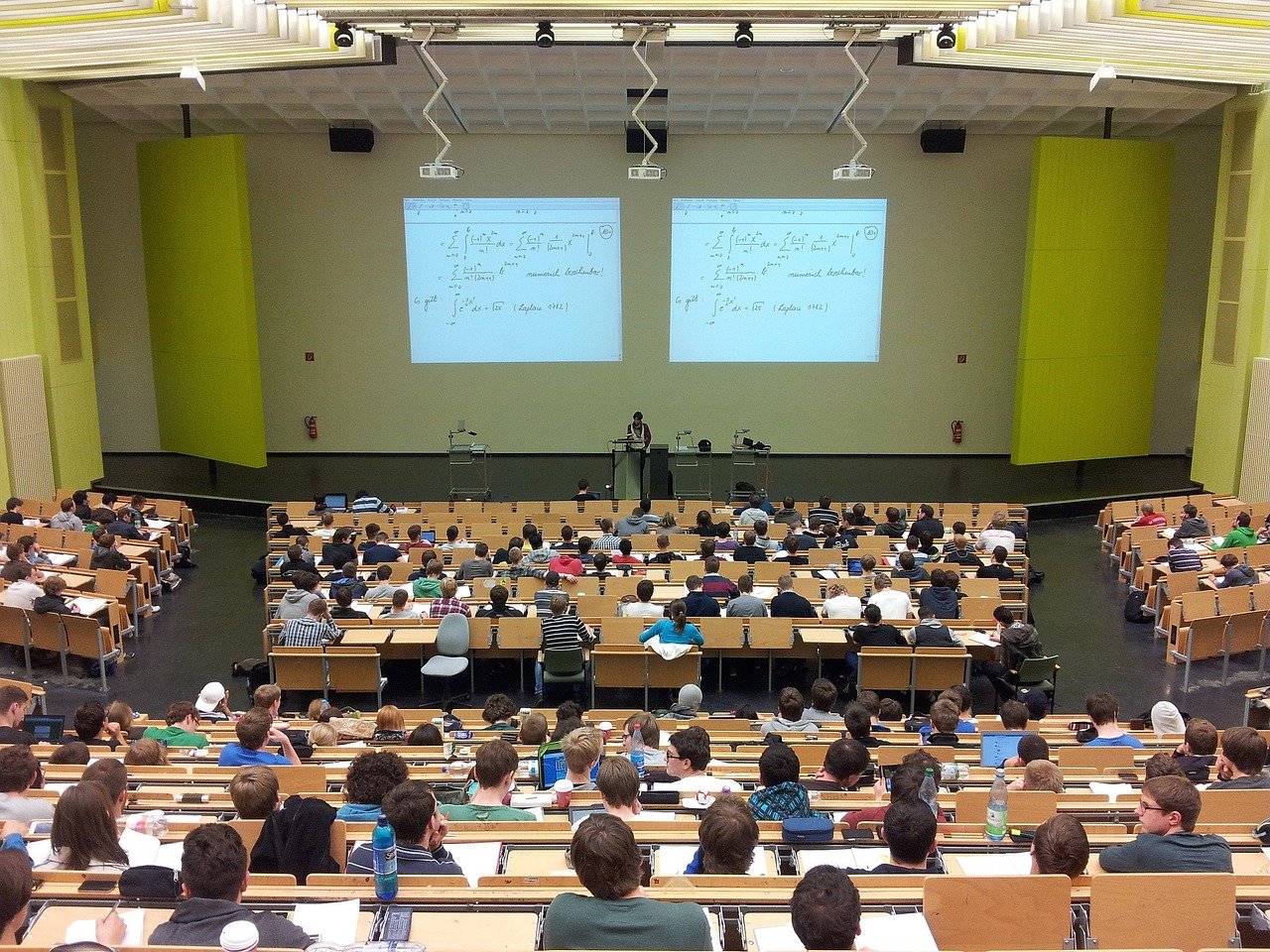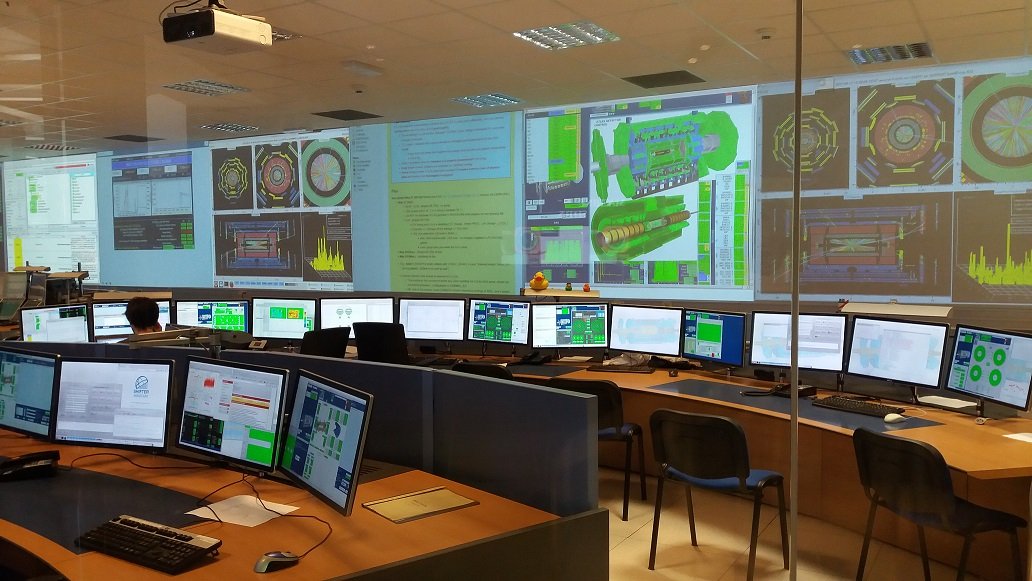Revolutionizing Entertainment: The Thrilling World of 5D Cinema Systems
In the realm of entertainment, constant innovation drives the pursuit of heightened experiences. One such breakthrough is the advent of 5D cinema systems, an immersive technology that has captured the imagination of audiences worldwide. Combining 3D visuals with sensory effects like motion, wind, water, and scents, 5D cinema offers a multi-dimensional journey that engages all the senses. This article explores the incredible world of 5D cinema systems and the flourishing business opportunities they present.
Understanding the 5D Cinema Experience
A 5D cinema is an immersive cinematic experience that goes beyond traditional 2D or 3D films by incorporating additional sensory effects. In a 5D cinema, viewers not only watch the movie on a big screen but also experience various physical sensations that synchronize with the action on the screen. These sensations can include motion, wind, water sprays, scents, vibrations, and even temperature changes.
The term “5D” refers to the extra dimensions of sensory effects added to the movie-watching experience. The five dimensions typically include 3D visuals, physical motion or shaking of the seats, environmental effects like wind or mist, tactile effects like vibrations or ticklers, and sensory effects such as smells or scents. All these elements work together to enhance the immersion and realism of the movie, allowing viewers to feel like they are part of the on-screen action.
5D cinema takes movie-viewing to a whole new level by transforming it into a dynamic, interactive adventure. Unlike traditional cinema, which limits the experience to visual and auditory sensations, 5D systems engage the audience physically and emotionally. The technology integrates synchronized seat movements, special effects, and environmental elements to create a fully immersive experience. From heart-stopping motion simulations to the realistic feeling of rain or wind, 5D cinema engulfs viewers in a sensorial extravaganza that brings the film to life.
It’s worth noting that the term “5D cinema” is not a standardized industry term, and different theaters may have variations in the effects and technologies they use. However, the general concept remains the same, which is to provide an immersive and multi-sensory movie experience that goes beyond what traditional cinemas offer.
The Business Potential of 5D Cinema
The rise of 5D cinema systems has not only captivated movie enthusiasts but has also opened up exciting business opportunities. Entrepreneurs and cinema owners recognize the potential of this immersive technology to attract and engage audiences, leading to increased ticket sales and customer loyalty. Here are a few key aspects of the business potential of 5D cinema:
- Differentiation and Competitive Edge: In a saturated market, offering 5D cinema experiences sets a business apart from traditional movie theaters. This unique selling proposition attracts a broader range of customers, including thrill-seekers, families, and tourists, who seek entertainment beyond the ordinary.
- Enhanced Revenue Streams: 5D cinema can generate revenue through various channels, such as ticket sales, concession stands, and partnerships with studios for exclusive screenings. Additionally, business owners can collaborate with event organizers and corporate clients to host private screenings, birthday parties, or team-building activities.
- Repeat Business and Customer Loyalty: The immersive nature of 5D cinema experiences encourages repeat visits from satisfied customers who crave the thrill and excitement it provides. By delivering unforgettable adventures, businesses can cultivate a loyal customer base that keeps coming back for more.







